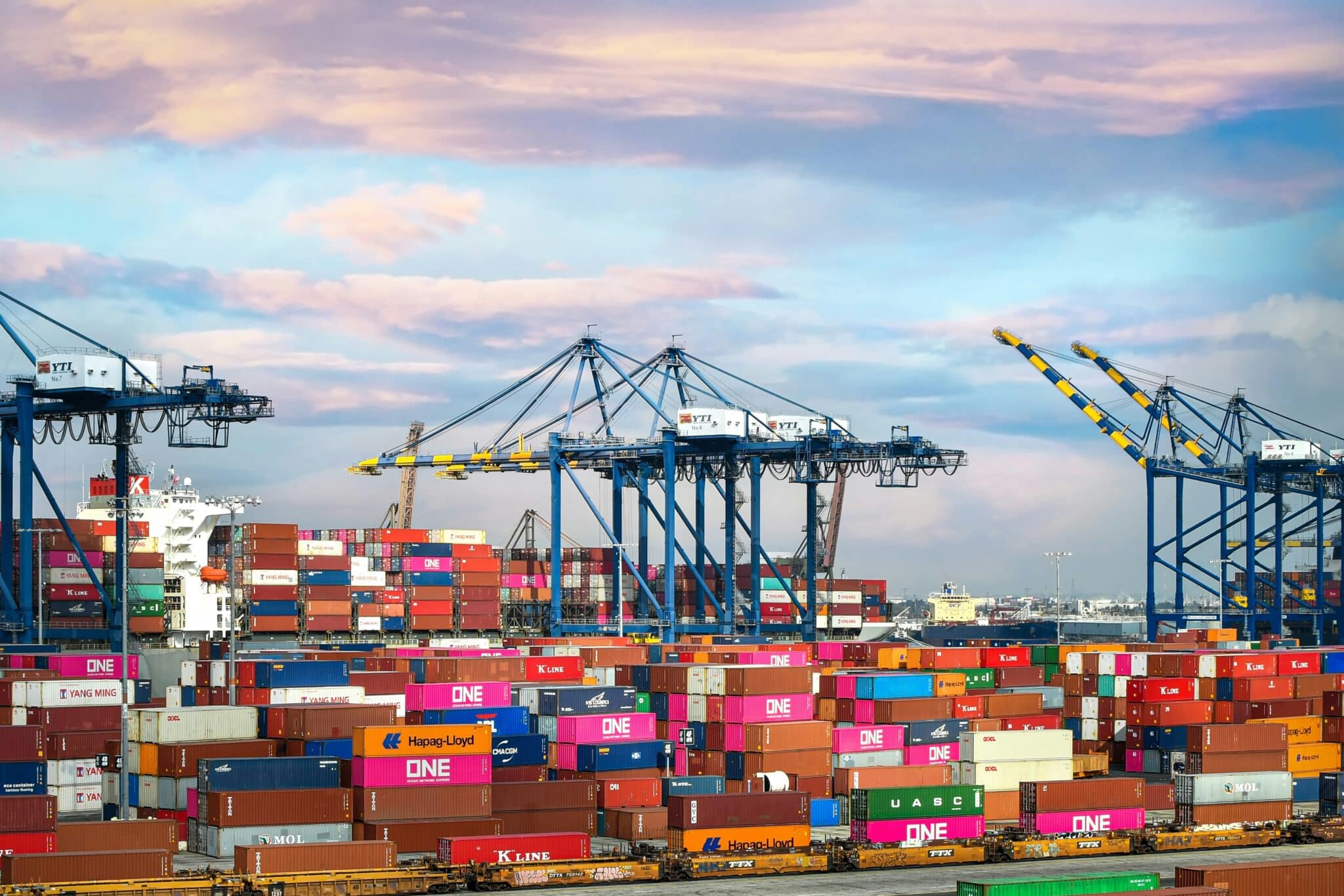The COVID-19 pandemic has caused significant disruptions in global supply chains, forcing companies to rethink and adapt their supply chain management strategies. One of the most significant changes that has happened after the pandemic is the increased focus on longer lead times. The pandemic highlighted the importance of agility, resilience, and collaboration in supply chain management. Supply chain managers are now focused on building redundancies, diversifying their suppliers, and increasing inventory levels to mitigate disruptions, which often means longer lead times for ordering and receiving materials.
The longer lead times allow for more flexibility and contingency planning, helping companies to avoid stockouts and delays in their supply chains. However, this change also requires closer collaboration and communication with suppliers to ensure that they can meet the increased demand for materials and products. This shift towards longer lead times has also led to a greater emphasis on technology and automation, as companies look for ways to optimize their supply chain operations and reduce the time it takes to process orders and manage inventory.
Moreover, the pandemic has accelerated the adoption of technology in supply chain management. Companies realized the importance of real-time data, visibility, and automation in managing their supply chains. Supply chain managers are now leveraging technology to improve collaboration, communication, and decision-making, which can help to reduce lead times further.
While longer lead times can offer more flexibility and contingency planning, they also require closer collaboration with suppliers and a greater emphasis on technology and automation. By embracing these changes, companies can build more resilient and agile supply chains that can better withstand future disruptions.
Discover some of the forecasting and planning features in AGR that can help you adjust to the new norm.




